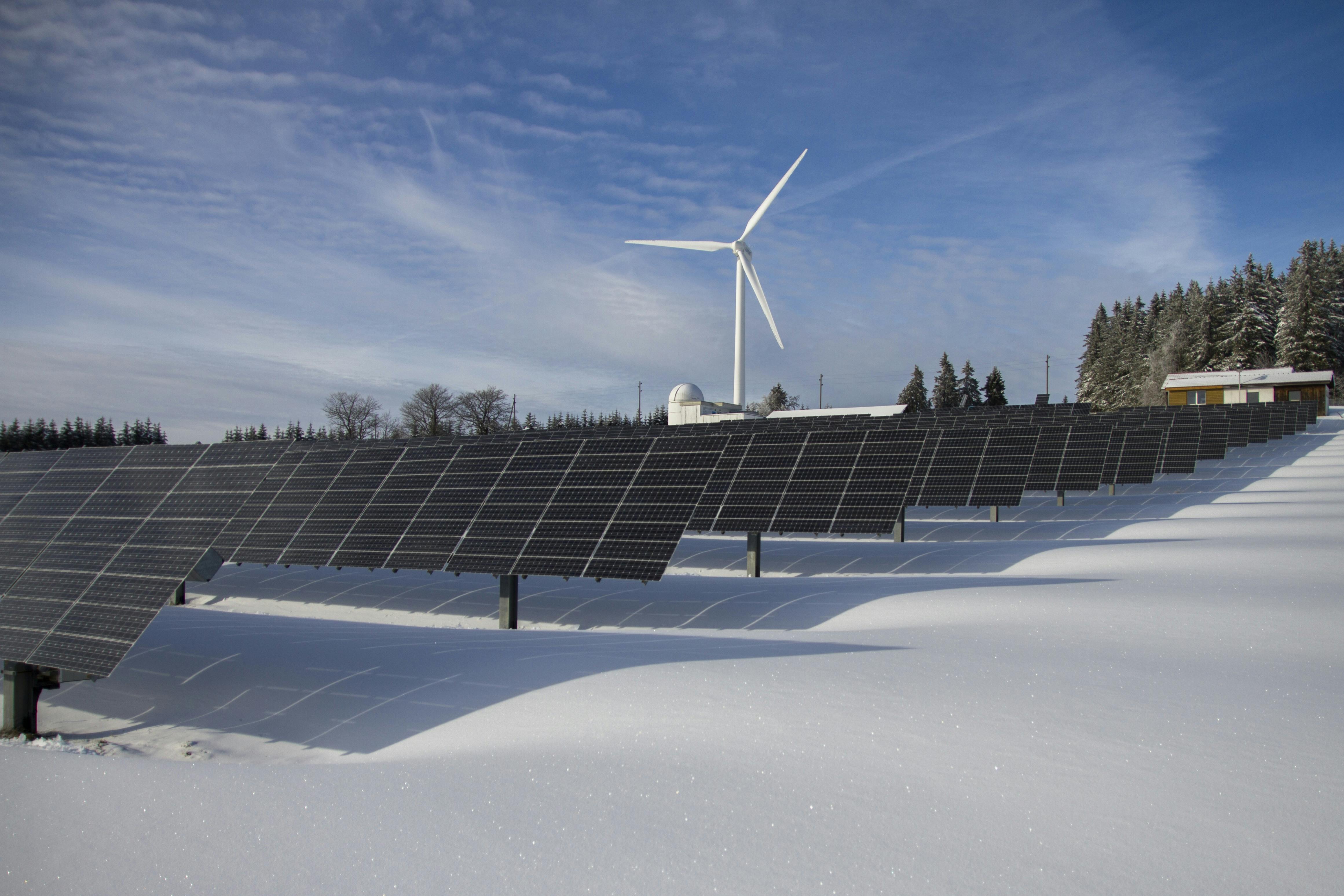LED retrofits offer substantial energy savings and improved lighting quality in commercial facilities. Proper planning requires photometric analysis, equipment selection, and control system integration. This guide outlines comprehensive methodology for successful LED implementation.
Baseline Assessment
Effective retrofit planning begins with documenting existing conditions:
- Fixture Inventory: Catalog existing fixtures by type, lamp wattage, quantity, and location
- Light Level Survey: Measure illumination levels (footcandles) throughout spaces
- Energy Consumption: Calculate current lighting power density (watts per square foot)
- Operating Hours: Document usage patterns for different zones
- Control Systems: Identify existing switches, occupancy sensors, and daylight controls
Photography and floor plans documenting fixture locations facilitate design work and contractor bidding.
Lighting Standards and Requirements
Design must meet applicable codes and recommended practices:
Illumination Levels: IESNA (Illuminating Engineering Society of North America) publishes recommended light levels by space type:
- Office spaces: 30-50 fc (general), 50-75 fc (task areas)
- Warehouses: 10-30 fc (general), 30-50 fc (active storage)
- Retail: 30-100 fc (varies by merchandise type)
- Corridors/stairs: 10-20 fc (code minimum varies by jurisdiction)
Uniformity: Ratio between maximum and minimum illumination typically maintained below 3:1 for occupied spaces.
Color Rendering Index (CRI): Measure of light quality affecting color appearance. General requirements:
- Offices: CRI 80+ minimum
- Retail: CRI 85+ (90+ for high-end applications)
- Industrial: CRI 70+ acceptable for many applications
Color Temperature Selection
Correlated Color Temperature (CCT) affects occupant comfort and productivity. Common ranges:
- 2700-3000K (Warm White): Hospitality, restaurants, residential feeling
- 3500-4100K (Neutral White): Offices, schools, general commercial
- 5000-6500K (Cool White): Industrial, hospital, high-activity areas
Consistency matters more than specific temperature. Mixing CCTs within visible sightlines creates unpleasant appearance. Warmer temperatures (3000-3500K) generally receive better occupant acceptance in office environments.
Photometric Calculation Methods
Lighting design software (AGi32, Dialux, ReluxDesktop) performs calculations using fixture photometric files (IES format) and space geometry:
Point Calculation Method: Calculates illumination at specific grid points throughout space. Provides detailed light level visualization.
Lumen Method (Zonal Cavity): Simplified calculation determining average illumination. Less accurate but useful for preliminary estimates.
Input requirements include:
- Room dimensions and ceiling height
- Surface reflectances (ceiling, walls, floor)
- Fixture spacing and mounting height
- Maintenance factors accounting for depreciation
Retrofit Approaches
Several strategies exist depending on existing conditions and budget:
1. Direct Replacement:
- Replace lamps and ballasts with LED tubes maintaining existing fixtures
- Lowest cost but limited performance improvement
- Appropriate for recent fixtures in good condition
- Compatible lamp selection critical (Type A/B/C options)
2. Retrofit Kits:
- Replace internal components (drivers, LED arrays) keeping fixture housing
- Moderate cost with significant performance and efficiency gains
- Works with standard fixture types (troffers, high-bays)
- Maintains existing aesthetic appearance
3. Complete Fixture Replacement:
- Remove existing fixtures and install new LED-dedicated luminaires
- Highest upfront cost but maximum efficiency and performance
- Enables improved distribution and control capabilities
- Simplified maintenance with integrated LED modules
Dimming Compatibility
LED dimming requires compatible drivers and control protocols:
0-10V Dimming: Analog control signal (0-10 VDC) controls output from 10-100%. Most common for commercial applications. Requires dedicated low-voltage control wiring.
Phase-Cut Dimming: Triac or reverse phase dimming modulates AC waveform. Common in residential applications but less suitable for commercial due to compatibility issues.
Digital Dimming (DALI, DMX): Digital addressable protocols enabling individual fixture control. DALI (Digital Addressable Lighting Interface) standard for commercial buildings. DMX common in theatrical applications.
Specify dimming range (1-100% vs 10-100%), minimum dimming level, and compatibility with existing control systems.
Occupancy Sensor Integration
Occupancy sensors reduce energy consumption in intermittently occupied spaces:
Technology Types:
- Passive Infrared (PIR): Detects thermal movement. Line-of-sight required. Lower cost.
- Ultrasonic: Detects motion through sound wave reflection. Covers obstructed areas. Higher cost.
- Dual Technology: Combines PIR and ultrasonic. Reduces false triggers. Premium pricing.
Control Strategies:
- Occupancy Mode: Full on when occupied, off when vacant
- Vacancy Mode: Manual on, automatic off. Prevents false-on events
- Bi-level: Reduces to partial output when vacant before turning off
Time delays (typically 10-30 minutes) prevent nuisance switching from brief absences.
Daylight Harvesting
Photosensors adjust electric lighting based on available daylight:
- Open-loop systems: Sensors mounted outside or on facade. Simple but less precise.
- Closed-loop systems: Sensors measure actual task illumination including daylight contribution. More accurate response.
Effective in perimeter zones within 15 feet of windows. Requires continuous dimming capability (0-10V or DALI controls). Savings typically 20-40% in appropriate applications.
Energy Savings Calculation
Project energy savings derive from multiple factors:
Fixture Efficiency:
- Baseline: Fluorescent ~70 lumens/watt, HID ~80 lumens/watt
- LED: 100-140 lumens/watt typical for commercial products
- Improvement: 40-75% reduction in watts per lumen
Control Savings:
- Occupancy sensors: 20-35% in private offices, 15-25% in open offices
- Daylight harvesting: 20-40% in perimeter zones
- Scheduling: 10-30% depending on existing practices
Annual Energy Calculation:
kWh/year = (Fixture Watts) × (Quantity) × (Annual Hours) × (Control Factor) / 1000
Compare baseline and proposed systems accounting for all factors. Include HVAC interaction (reduced cooling load from lower heat gain, slightly increased heating load in winter).
Economic Analysis
Life-cycle cost analysis accounts for:
- Capital Costs: Equipment, installation labor, engineering, controls
- Energy Savings: Reduced kWh consumption, demand charge reduction
- Maintenance Savings: Eliminated relamping labor and material costs
- Utility Incentives: Rebates available through provincial programs
- Disposal Costs: Proper disposal of fluorescent lamps containing mercury
LED rated lifetimes of 50,000+ hours (vs 20,000 for fluorescent) significantly reduce maintenance costs in high-ceiling or difficult-access applications.
Quality Considerations
Not all LED products perform equally. Evaluate:
- DLC Listing: DesignLights Consortium qualification indicates performance standards met
- LM-79 Testing: Independent laboratory testing of photometric performance
- LM-80 Data: Long-term lumen maintenance testing (10,000 hours minimum)
- L70 Lifetime: Hours to 70% lumen output (industry standard for "failure")
- Warranty Terms: 5-10 years typical for quality commercial products
Installation Considerations
Successful implementation requires attention to:
- Electrical code compliance (fixture listings, installation methods)
- Switching/control wiring modifications for new controls
- Emergency lighting integration maintaining required illumination
- Disposal of existing lamps following environmental regulations
- Commissioning verification including light level measurements
Post-Installation Verification
Commissioning process confirms design intent achieved:
- Light level measurements at representative grid points
- Control system functional testing (sensors, dimmers, schedules)
- Occupant orientation on new control operations
- Documentation including as-built drawings and O&M manuals
- Energy monitoring confirming projected savings
Allow 2-4 week occupant adjustment period before final control tuning. Solicit feedback and adjust as needed to maximize satisfaction.





